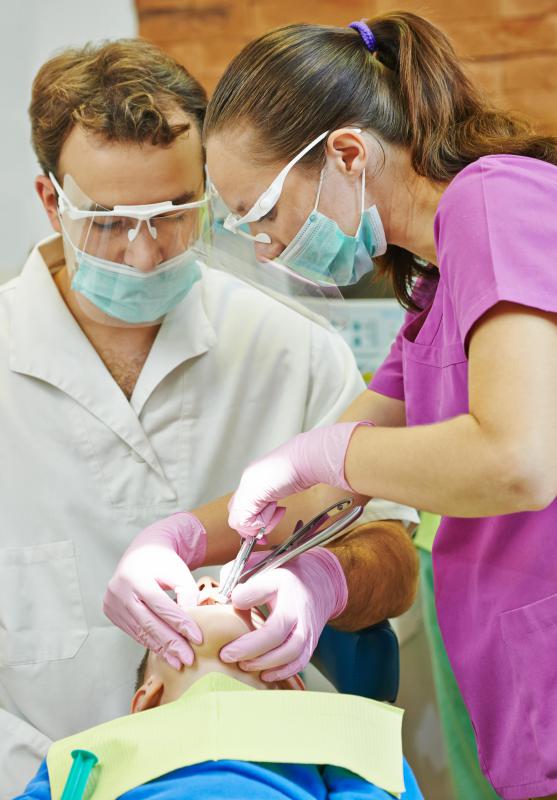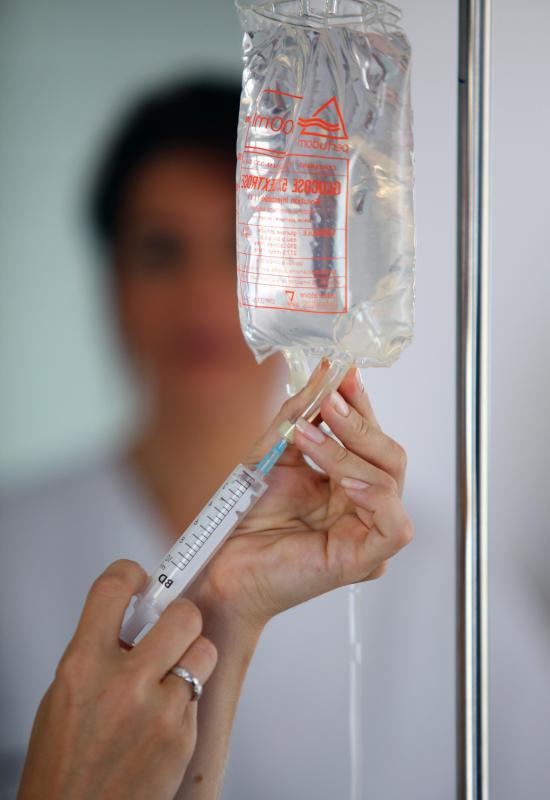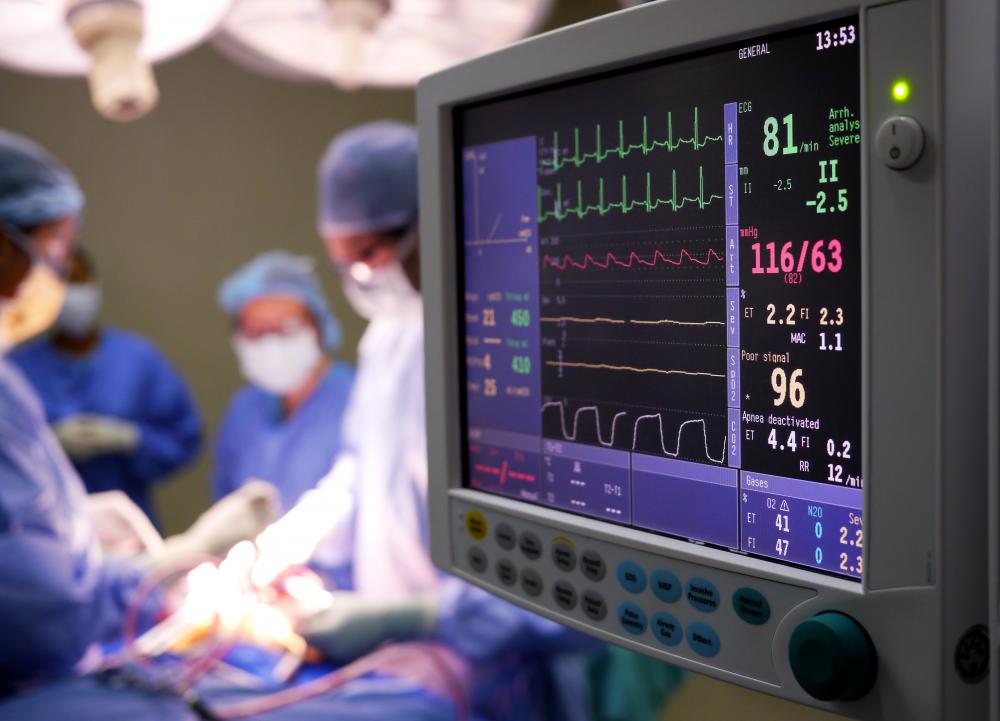At TheHealthBoard, we're committed to delivering accurate, trustworthy information. Our expert-authored content is rigorously fact-checked and sourced from credible authorities. Discover how we uphold the highest standards in providing you with reliable knowledge.
What Are the Different Types of Pediatric Sedation?
It is sometimes necessary to sedate a young child, especially during long or scary medical procedures. For this reason, there are a few kinds of pediatric sedation, or pediatric procedural sedation, available. The sedation of children often involves the inhalation of gas, oral medications, or intravenous (IV) medication.
Nitrous oxide, or laughing gas, is one of the most common children's sedation methods, especially in pediatric dentistry. During this sedation procedure, a mask is placed over a child's nose, and he is instructed to inhale. The nitrous oxide gas is mixed with oxygen, and the gas is kept on throughout the entire procedure.

This is considered to be a conscious sedation procedure, since after inhaling the gas, the child is still awake, though usually much calmer. Inhaling nitrous oxide gas often has a very relaxing effect on most people. Some may also feel very giddy, hence the name "laughing gas." When the procedure is done, the nitrous oxide is stopped, but the oxygen is usually left on for a few moments.
Oral sedation may be another pediatric sedation option. This involves a child swallowing some sort of sedative. This is often in a flavored liquid form, but sometimes it may be a pill.

Similar to laughing gas, during oral sedation, the child is usually still awake, but much calmer. He will probably feel very drowsy, but won't be completely asleep. Most of the time this sedation method enables the child to carry out simple commands, or maybe even speak. Both during and after oral sedation, a child's vital signs, like blood pressure and heart rate, are typically monitored.

For more in-depth medical procedures that require a lot of time, or possibly pain, some medical professionals may opt for a general anesthesia pediatric sedation. This is typically a surgical sedation method, meaning that it is used during surgical procedures, but it may be used as a dental sedation. Children with severe dental phobias or those who need a large amount of work done on their teeth, for instance, may need sedation dentistry.

This is typically a type of intravenous sedation, or IV sedation. The sedative will be injected directly into a patient's vein, via a hypodermic needle. This will usually make him fall asleep, and he will also not be able to feel any pain or move. This type of pediatric sedation is also used when a doctor needs to set a child's broken bone. If the child wakes up during this procedure, he will not be able to remember anything.

This type of pediatric sedation typically requires an anesthesiologist to be close by. He will monitor the patient's vital signs during the sedation. By doing this, he can tell if a child may be having an adverse reaction to the sedative, and quickly remedy the situation.
AS FEATURED ON:
AS FEATURED ON:

















Discuss this Article
Post your comments